
Published:
Readtime: 5 min
Every product is carefully selected by our editors and experts. If you buy from a link, we may earn a commission. Learn more. For more information on how we test products, click here.
- Reported EV sales dropped 52% in Australia through June 2025
- Chinese brands shift focus to “Super Hybrid” plug-in hybrid technology
- “Super Hybrid” simplifies confusing PHEV jargon
- Models like Geely, MG, Chery, and BYD lead the Super Hybrid push
- Toyota responds with upcoming RAV4 PHEV amid rising competition
Electric vehicle sales have decreased by more than 52% through June 2025 in Australia, and that’s bad news if you’re a Chinese EV-only car brand that’s trying to break into a new market.
Brands like Zeekr, DEEPAL, Smart, Polestar, and Xpeng have their work cut out for them if they’re going to stay as EV-only brands. However, the majority of Chinese car brands are now hedging their bets on hybrid technology, more specifically, “Super Hybrid” technology. While their EVs are top-notch, their hybrids are even better, and that’s a concern for market leaders like Toyota and its top-selling RAV4. It’s also a worry for existing brands that have struggled to adapt to hybrids quickly, including Subaru, which only just launched the long-awaited Forester Hybrid.
To dispel the complicated jargon associated with the different types of hybrid technology available, Chinese car brands have joined forces to create the term “Super Hybrid,” which is another term for “Plug-in Hybrid” or “PHEV.” These vehicles have an engine, but can be driven for more than 100km with electric power only. It’s genius, here’s why.
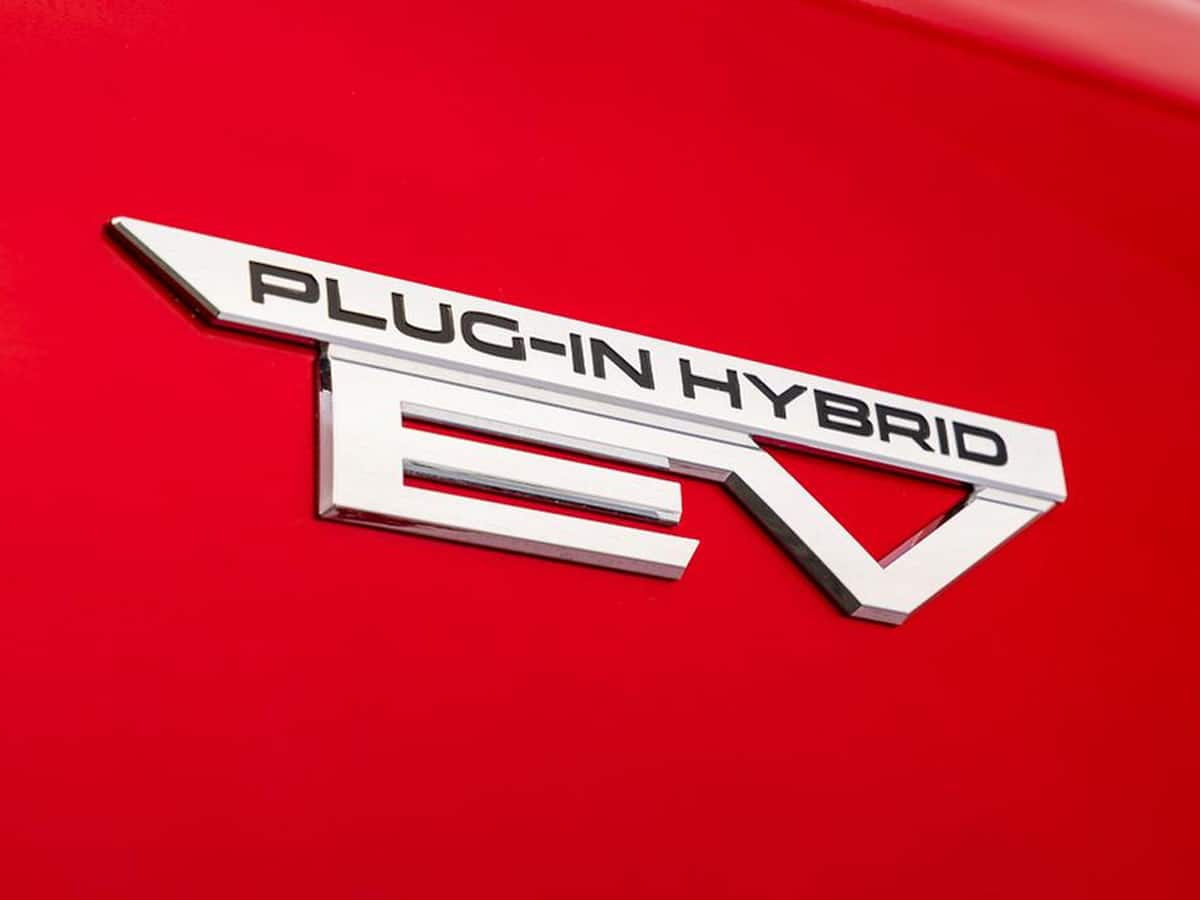
I’ve had nothing but trouble trying to explain the differences between PHEV, BEV, MHEV, and all of the other complicated jargon associated with hybrid technology in recent years.
I understand it as someone who’s driven nearly everything, but I’ve had nothing but trouble trying to explain the differences to friends and family. I could only imagine what dealers and those on the showroom floor are going through, having to try to explain the differences between the technology to potential buyers.
Consumer understanding hasn’t been helped by brands like Mitsubishi that have stuck “EV” badges on the side of their vehicles that require petrol, but they’re not the only culprits. Mercedes-Benz, Toyota, and others have been quick to label cars “Hybrid” that use a simple 48-volt system, which never provides drive to the wheels. The Chinese brands have realised the issues and jumped in with an all-encompassing term that makes your life as a new car buyer easier by explaining these complicated products under one term, “Super Hybrid.”
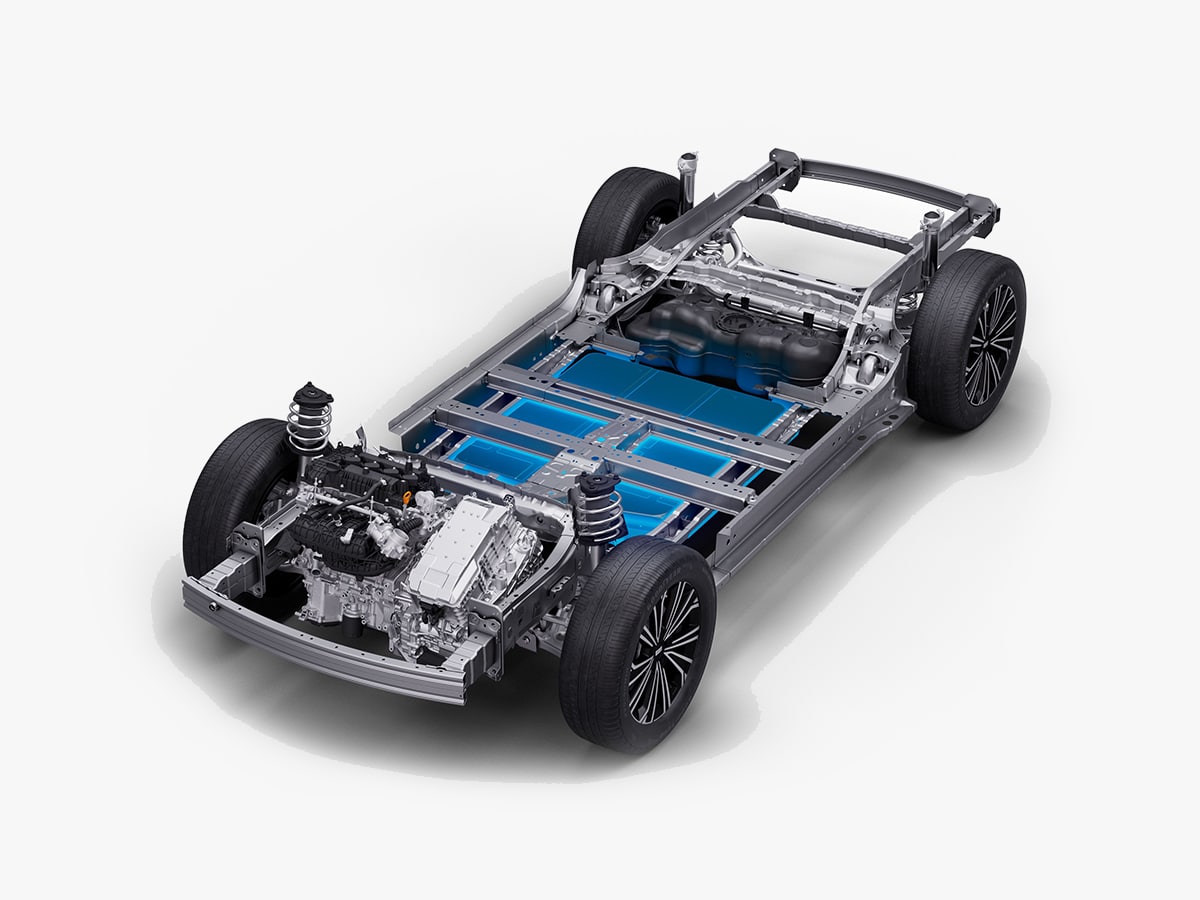
To get granular, the term “Super Hybrid” describes a “Plug-in Hybrid” or “PHEV” vehicle, which has a conventional petrol engine and gearbox, but also a large battery (that can be charged like an EV) and an electric motor that powers the wheels. These vehicles can be driven on electric power only for more than 100km in most cases and charged with a cable or the vehicle’s engine. Most importantly, they can also be driven without even being plugged in by using the petrol engine as a traditional hybrid would.
Geely is the latest Chinese car brand to ditch the EV-only showroom by launching the oddly-named Starray EM-i, which the brand is calling a “Super Hybrid.” It features a 1.5-litre engine that produces 73kW of power alongside a 160kW electric motor powered by an 18.4kWh battery that can send a combined 193kW of power to the front wheels and drive for up to 80km on EV-only power.
It will soon be joined in the market by other “Super Hybrid” vehicles, including the Omoda 9 SHS (from $61,990 plus on-roads) and existing models in the market like the MG HS Super Hybrid (from $50,990 drive-away), top-selling BYD Sealion 6 (from AUD$42,990 plus on-roads), and the large Chery Tiggo 8 Super Hybrid SUV (from $45,990 drive-away).
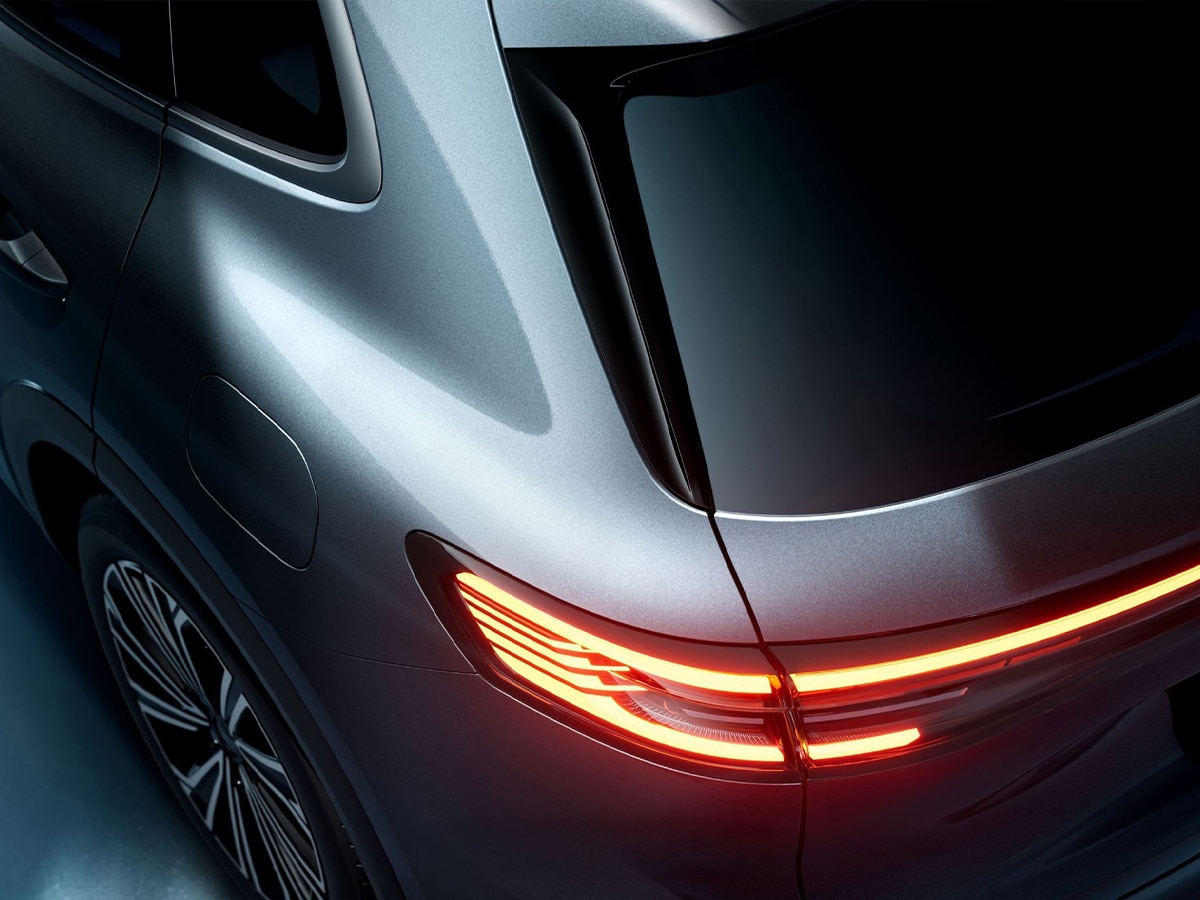
If “Super Hybrid” technology sounds like the best of EVs without the range anxiety, then you’d mostly be right.
I’ve spent time behind the wheel of everything from the Mitsubishi Outlander PHEV to a $250,000 Range Rover Sport PHEV and Defender that uses the same basic concept. During my test of these vehicles, I rarely used the petrol engine to drive the vehicle. I charged up the small battery overnight using a powerpoint and drove to work and back without ever using the petrol engine. However, there is one catch, as I experienced in the Alfa Romeo Tonale PHEV.
If you become too lazy to charge the battery during the ownership period, PHEV or “Super Hybrid” vehicles are terrible to drive. The added weight (often hundreds of kilograms) and underpowered petrol engine mean they’re severely down on power, and without the added oomph of an electric motor driving the wheels, you spend the whole time wishing that you were driving a conventional hybrid.
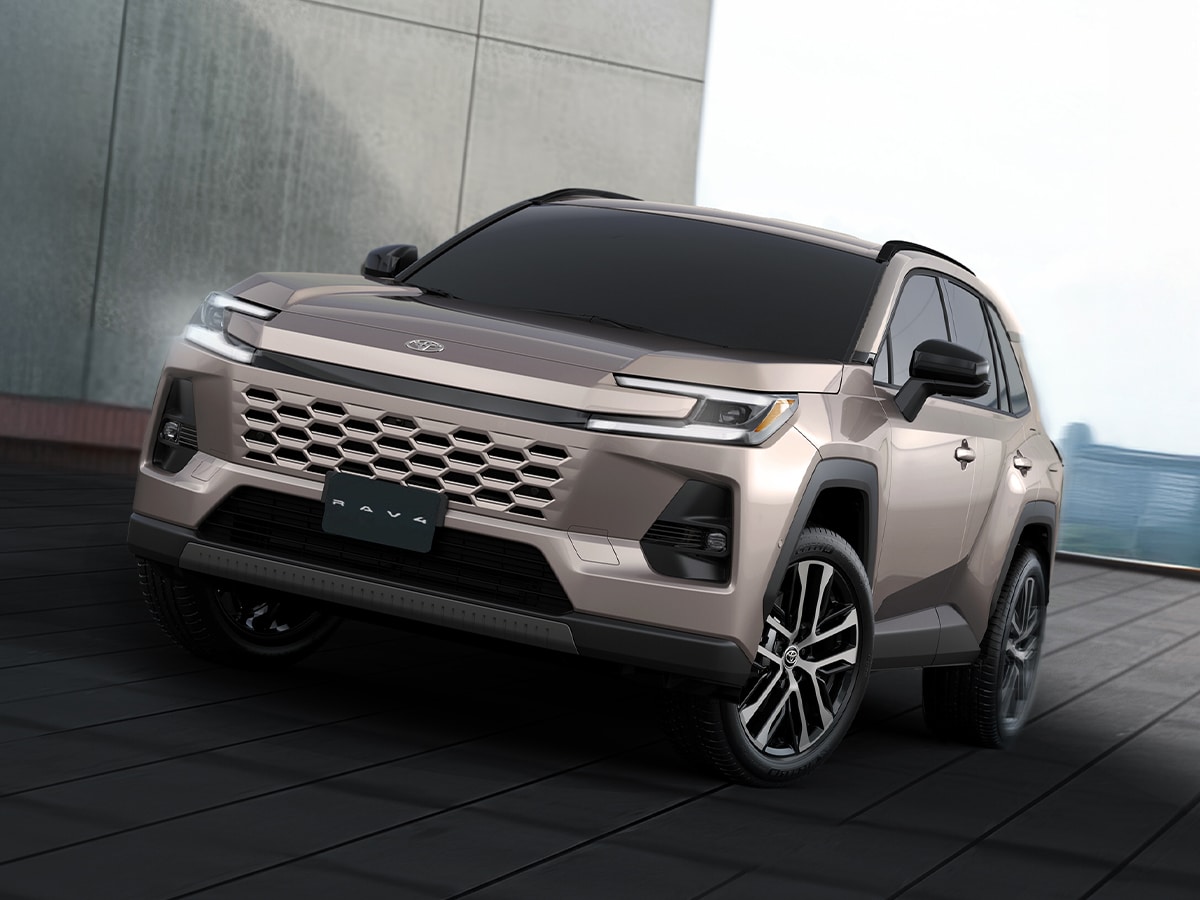
Therein lies Toyota’s argument. Car buyers are lazy; they won’t charge their PHEVs, and the Super Hybrid technology is merely a stepping-stone to a battery EV or a step backwards on the super-efficient hybrid technology that Toyota already offers. At least, it was their argument until they launched their new RAV4 with a PHEV variant.
Toyota has sold 24,034 Hybrid RAV4s through June 2025. That figure is down 5.4% on where the top-selling car was this time last year, but it’s one to watch as more “Super Hybrid” models from Chinese brands hit our market in the coming months and Toyota’s own plug-in hybrid RAV4 hits the market sometime next year.
PHEV sales in Australia are up 10.5% so far this year, but the small number of cars sold through June 2025 (472 sales) does make you wonder just how many people are asking for this technology.








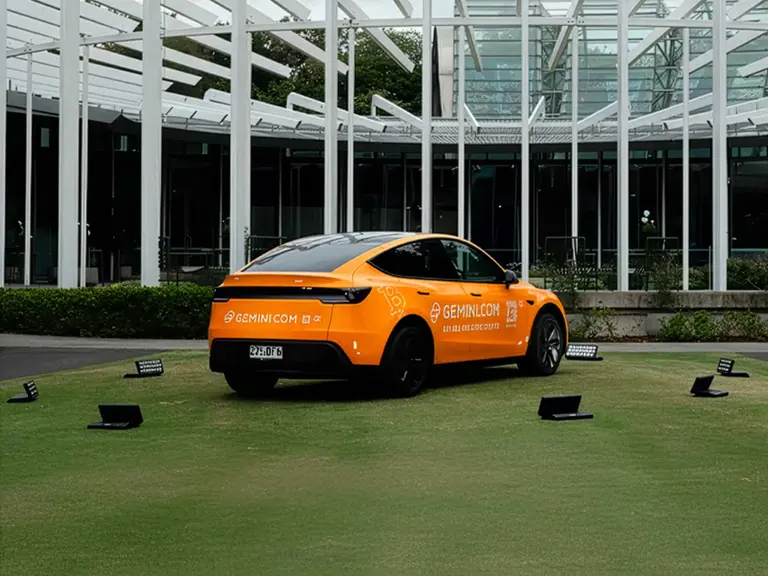
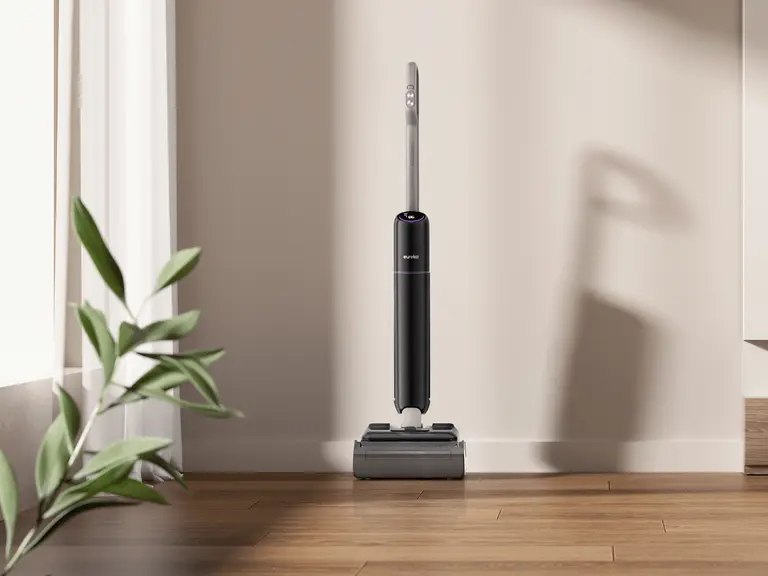










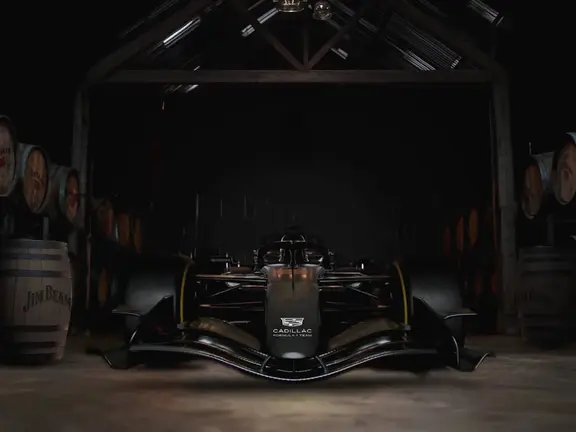











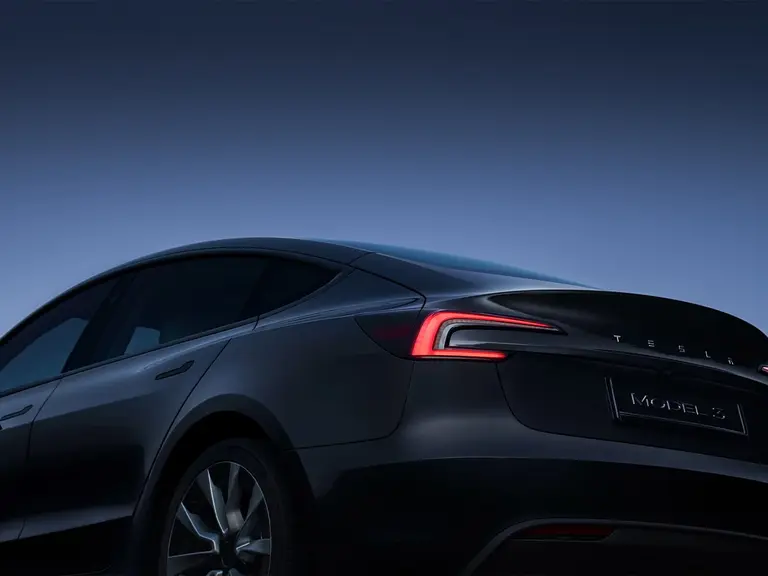

Comments
We love hearing from you. or to leave a comment.